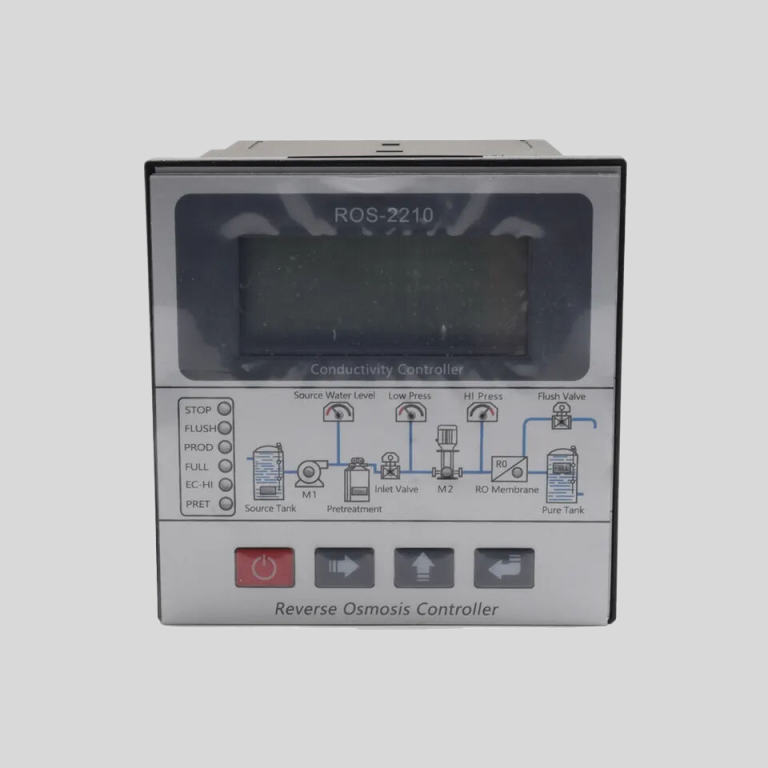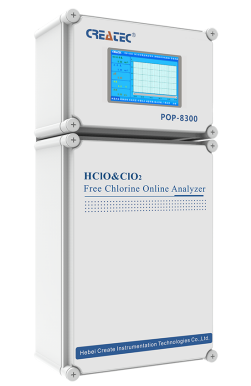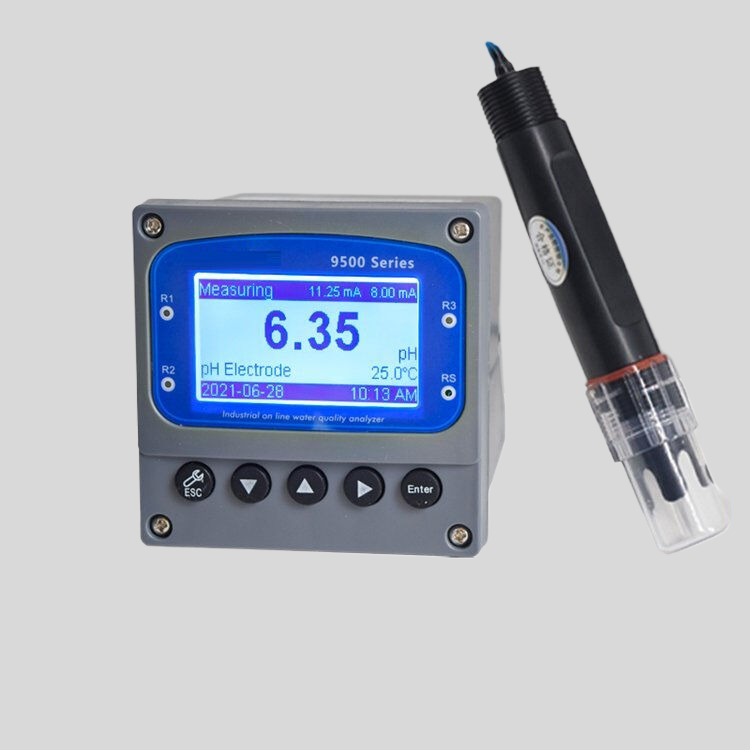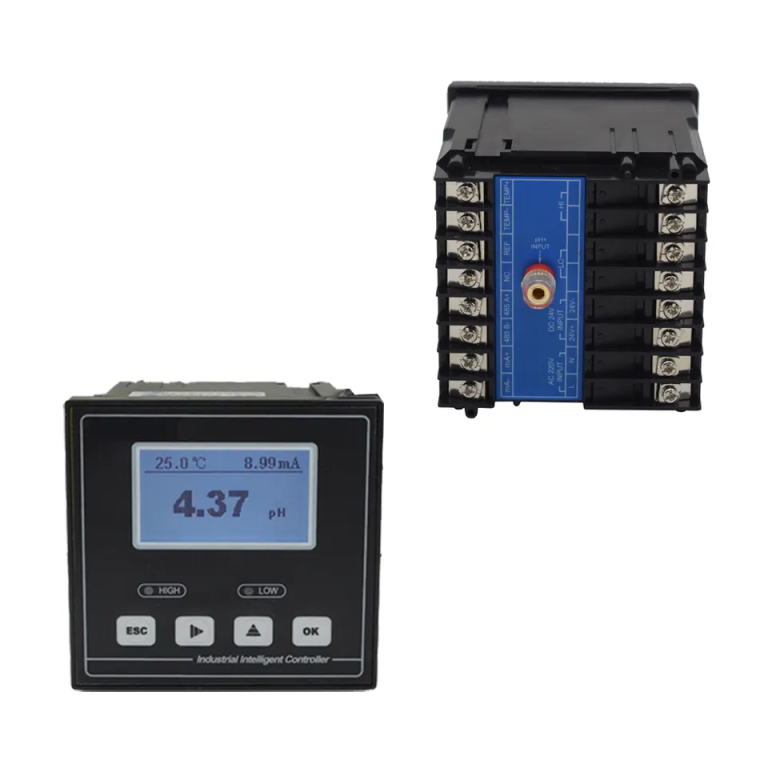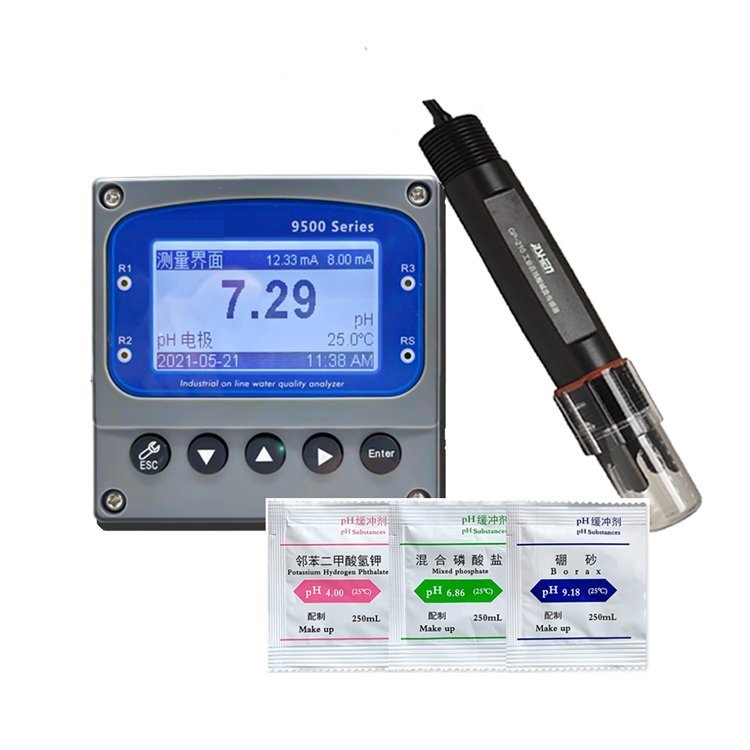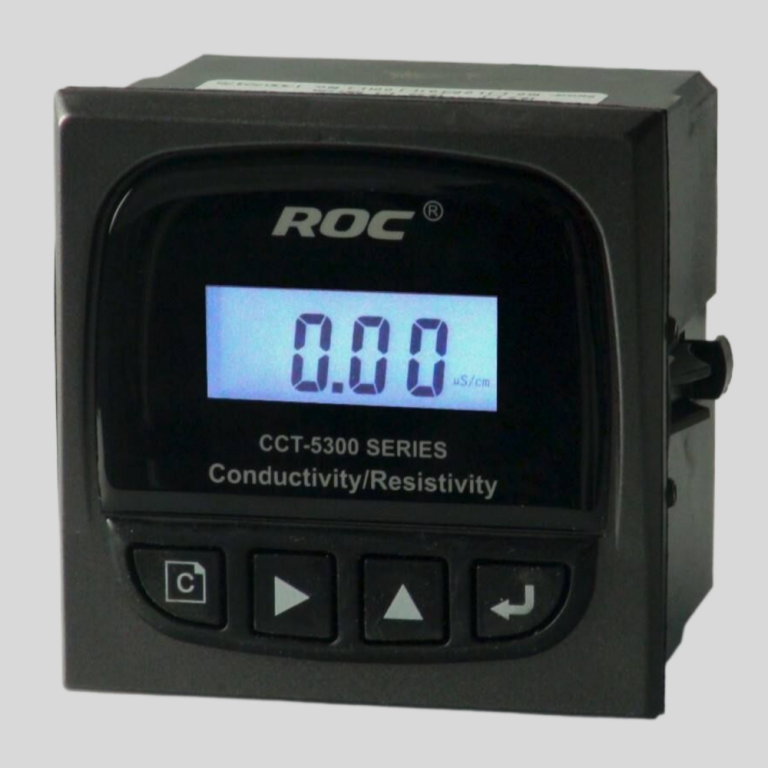Table of Contents
The Importance of Monitoring TDS Levels in Water with a Meter
Total Dissolved Solids (TDS) refer to the amount of inorganic salts, organic matter, and other substances that are dissolved in water. Monitoring TDS levels in water is crucial for ensuring water quality and safety. One of the most effective tools for measuring TDS levels in water is a TDS Meter, which provides accurate and reliable readings within a range of 0-5000 parts per million (ppm).
TDS meters are essential for a variety of applications, including drinking water quality testing, aquarium maintenance, hydroponics, and industrial processes. By measuring TDS levels, users can determine the overall purity of water and identify any potential contaminants that may be present. This information is vital for making informed decisions about water treatment and filtration systems.
When using a TDS Meter, it is important to understand how to properly calibrate and maintain the device to ensure accurate readings. Calibration involves adjusting the meter to a known standard solution to ensure that it is providing precise measurements. Regular maintenance, such as cleaning the electrodes and storing the meter properly, is also essential for optimal performance.
TDS meters are available in a range of models, with some offering additional features such as temperature compensation and data logging capabilities. The 0-5000 ppm range is suitable for most applications, as it covers a wide spectrum of TDS levels commonly found in water sources. This range allows users to accurately measure both low and high TDS levels, providing a comprehensive overview of water quality.

In addition to measuring TDS levels, some meters also provide information on other parameters such as conductivity and temperature. These additional measurements can offer valuable insights into water quality and help users make informed decisions about water treatment and filtration. By monitoring multiple parameters simultaneously, users can gain a more comprehensive understanding of water quality.
TDS meters are easy to use and provide instant results, making them ideal for both professional and personal use. Whether testing the quality of drinking water at home or monitoring TDS levels in an industrial setting, a TDS Meter is a valuable tool for ensuring water safety and quality. With regular monitoring and proper maintenance, users can rely on their TDS Meter to provide accurate and reliable readings for years to come.
In conclusion, monitoring TDS levels in water is essential for ensuring water quality and safety. A TDS Meter with a range of 0-5000 ppm is a versatile tool that can provide accurate measurements for a wide range of applications. By understanding how to calibrate and maintain the meter, users can rely on it to provide precise readings and valuable insights into water quality. Whether testing drinking water, maintaining an aquarium, or monitoring industrial processes, a TDS Meter is a valuable investment for anyone concerned about water quality.
How to Choose the Right TDS Meter for Measuring 0-5000 ppm
Total Dissolved Solids (TDS) refer to the amount of inorganic and organic substances that are dissolved in water. These substances can include minerals, salts, metals, and other compounds. Measuring TDS is important for various applications, such as water quality testing, hydroponics, aquariums, and industrial processes. To accurately measure TDS levels in the range of 0-5000 parts per million (ppm), it is essential to choose the right TDS Meter.
When selecting a TDS Meter for measuring 0-5000 ppm, there are several factors to consider. The first consideration is the measurement range of the TDS Meter. A meter with a range of 0-5000 ppm is ideal for measuring TDS levels within this specific range. It is important to ensure that the meter can accurately measure TDS levels at the desired range without any errors or inaccuracies.
Another important factor to consider is the accuracy of the TDS Meter. The accuracy of a TDS Meter is typically expressed as a percentage of the full scale reading. For measuring TDS levels in the range of 0-5000 ppm, it is recommended to choose a meter with high accuracy to ensure precise and reliable measurements.
In addition to accuracy, the resolution of the TDS Meter is also crucial. Resolution refers to the smallest increment of measurement that the meter can detect. For measuring TDS levels in the range of 0-5000 ppm, a meter with high resolution is preferred to provide detailed and precise readings.
Furthermore, the calibration of the TDS Meter is an important consideration. Calibration ensures that the meter is accurately measuring TDS levels and provides consistent and reliable results. It is recommended to choose a TDS Meter that is easy to calibrate and maintain to ensure accurate measurements over time.
When selecting a TDS Meter for measuring 0-5000 ppm, it is also important to consider the features and functionalities of the meter. Some meters may have additional features such as temperature compensation, data logging, and automatic shut-off. These features can enhance the usability and functionality of the meter for specific applications.
In addition to the technical specifications of the TDS Meter, it is also important to consider the brand and reputation of the manufacturer. Choosing a reputable and reliable brand ensures that the TDS Meter is of high quality and will provide accurate and consistent measurements.
| POP-8300 free chlorine online analyzer | ||
| System Model | POP-8300 free chlorine online analyzer | |
| Measurement configuration | (HClO)free chlorine.. | |
| total free chlorine/(ClO2)/pH/Temperature | ||
| \u3000 | Free chlorine | (0.00-2.00)mg/L(ppm);\u00a0\u00a0 (0.00-20.00)mg/L(ppm) |
| Measurement | pH | 2.00-12.00 |
| range | Temperature | (0.0-99.9)\u2103 |
| \u3000 | Free chlorine | 0.01mg/L(ppm) |
| Resolution | pH | 0.01 |
| \u3000 | Temperature | 0.1\u2103 |
| \u3000 | Free chlorine | Indication error 10% |
| Accuracy | pH | 0.1pH |
| \u3000 | Temperature | \u00b10.5\u2103 |
| Sensor life | pH/free chlorine sensor | 12months(The service life is closely related to the measurement medium and maintenance frequency) |
| Communication interface | RS485 | MODBUS RTU communication protocol |
| \u3000 | Number of channels | Double channels |
| (4-20)mA | Technical feature | Isolated, reversible, completely adjustable, instrument/transmitter dual mode |
| output | Channel configuration | Programmable point to Free chlorine, chlorine dioxide, Temperature, pH |
| \u3000 | Loop resistance | 400\u03a9(Max), DC 24V |
| \u3000 | Transmission accuracy | \u00b10.1mA |
| \u3000 | Number of channels | Double channels |
| \u3000 | Contact mode | The first and second for photoelectric switch |
| Control output | Load capacity | Load current 50mA(Max)\uff0cAC/DC 30V |
| \u3000 | Control point | Programmable function(Free chlorine, chlorine dioxide, Temperature, pH, Timing) |
| \u3000 | Load capacity | Load current 50mA(Max)\uff0cAC/DC 30V |
| \u3000 | Control point | Programmable function(Free chlorine, chlorine dioxide, Temperature, pH, Timing) |
| Power supply | Connected to electric supply | |
| \u3000 | AC80-260V;50/60Hz,compatible with all international | |
| \u3000 | market power standards(110V;220V;260V;50/60Hz). | |
| Working environment | Temperature:(5-50)\u2103\uff1brelative humidity:\u226485% RH(non condensation) | \u3000 |
| Power Consumption | \uff1c20W | |
| Storage environment | Temperature:(-20-70)\u2103\uff1brelative humidity:\u226485%RH(non condensation) | |
| Installation | Wall mounted(with the preset back cover) | |
| Cabinet weight | \u226410kg | |
| Cabinet dimension | 570*mm*380mm*130mm(H\u00d7W\u00d7D) | |
In conclusion, choosing the right TDS Meter for measuring 0-5000 ppm requires careful consideration of various factors such as measurement range, accuracy, resolution, calibration, features, and brand reputation. By selecting a TDS Meter that meets these criteria, you can ensure accurate and reliable measurements of TDS levels within the desired range.

